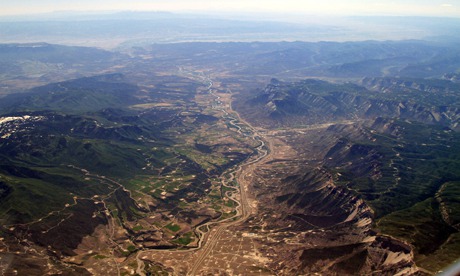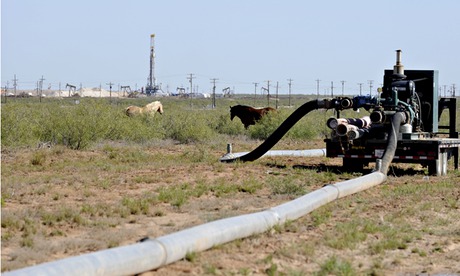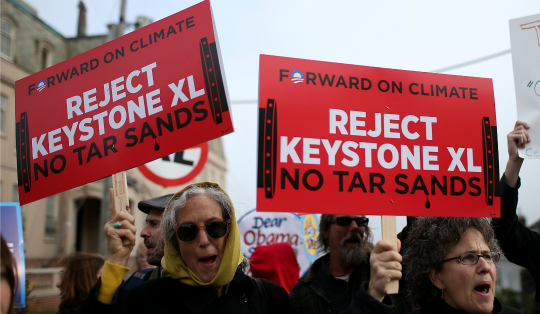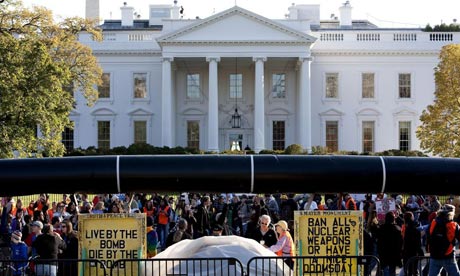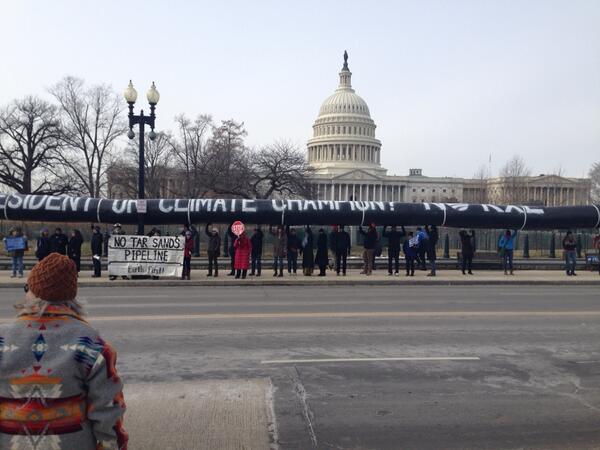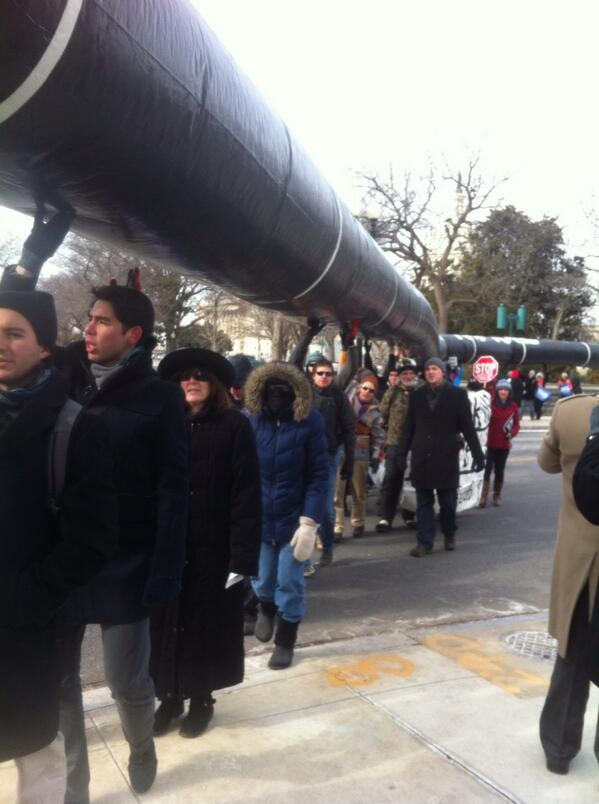http://www.doi.gov/news/pressreleases/obama-administration-to-offer-40-million-acres-in-the-gulf-of-mexico-for-oil-and-gas-development.cfm
Press Release
02/13/2014
WASHINGTON, DC — As part of the Obama Administration’s all-of-the-above energy strategy to continue to expand safe and responsible domestic energy production, Secretary of the Interior Sally Jewell and Bureau of Ocean Energy Management (BOEM) Director Tommy P. Beaudreau today announced that Interior will offer more than 40 million acres for oil and gas exploration and development in the Gulf of Mexico in March lease sales.
“These lease sales underscore the President’s commitment to create jobs through the safe and responsible exploration and development of the Nation’s domestic energy resources,” said Jewell. “The Five Year Program reflects this Administration’s determination to facilitate the orderly development while protecting the human, marine and coastal environments, and ensuring a fair return to American taxpayers.”
Lease Sale 231 in the Central Planning Area and Lease Sale 225 in the Eastern Planning Area will be held consecutively in New Orleans, Louisiana, on March 19, 2014. The sales will be the fourth and fifth offshore auctions under the Administration’s Outer Continental Shelf Oil and Gas Leasing Program for 2012-2017 (Five Year Program), which makes all areas with the highest-known resource potential available for oil and gas leasing in order to further reduce America’s dependence on foreign oil. The lease sales build on the first three sales in the Five Year Program that offered more than 79 million acres for development and garnered $1.4 billion in high bids.
Domestic oil and gas production has grown each year President Obama has been in office, with domestic oil production currently higher than any time in two decades; natural gas production at its highest level ever; and renewable electricity generation from wind, solar, and geothermal sources having doubled. Combined with recent declines in oil consumption, foreign oil imports now account for less than 40 percent of the oil consumed in America – the lowest level since 1988.
The Gulf of Mexico contributes about 20 percent of U.S. domestic oil and 6 percent of domestic gas production, providing the bulk of the $14.2 billion in mineral revenue disbursed to Federal, state and American Indian accounts from onshore and offshore energy revenue collections in Fiscal Year 2013. That was a 17 percent increase over FY 2012 disbursements of $12.15 billion.
“As a critical component of the Nation’s energy portfolio, the Gulf holds vital energy resources that can continue to generate jobs and spur economic opportunities for Gulf producing states as well as further reduce the Nation’s dependence on foreign oil,” said BOEM Director Beaudreau.
Sale 231 encompasses about 7,507 unleased blocks, covering 39.6 million acres, located from three to 230 nautical miles offshore Louisiana, Mississippi, and Alabama, in water depths ranging from 9 to more than 11,115 feet (3 to 3,400 meters). BOEM estimates the proposed sale could result in the production of approximately 1 billion barrels of oil and 4 trillion cubic feet of natural gas.
Sale 225 is the first of only two lease sales proposed for the Eastern Planning Area under the Five Year Program, and is the first sale offering acreage in that area since Sale 224 in March of 2008. The sale encompasses 134 whole or partial unleased blocks covering about 465,200 acres in the Eastern Planning Area. The blocks are located at least 125 statute miles offshore in water depths ranging from 2,657 feet to 10,213 feet (810 to 3,113 meters). The area is south of eastern Alabama and western Florida; the nearest point of land is 125 miles northwest in Louisiana. BOEM estimates the sale could result in the production of 71 million barrels of oil and 162 billion cubic feet of natural gas.
The decision to hold these sales follows extensive environmental analysis, public comment and consideration of the best scientific information available. The terms of the sales include stipulations to protect biologically sensitive resources, mitigate potential adverse effects on protected species and avoid potential conflicts associated with oil and gas development in the region.
In addition to opening bids for these two sales, BOEM will open any pending bids submitted in Western Planning Area Sale 233 for blocks located or partially located within three statute miles of the maritime and continental shelf boundary with Mexico (the Boundary Area). Any leases awarded as a result of these bids will be subject to the terms of the U.S.-Mexico Transboundary Hydrocarbons Agreement, which was approved by Congress in the Bipartisan Budget Act of 2013 and recently signed by the President.
All terms and conditions for Lease Sales 231 and 225 are detailed in the Final Notices of Sale that can be viewed today in the Federal Register. Terms and conditions for Sale 225 are fully explained in a new streamlined format, available at boem.gov/Sale-225 and for Sale 231 at boem.gov/Sale-231.
CD’s of the sale package as well as hard copies of the maps can be requested from the Gulf of Mexico Region’s Public Information Office at 1201 Elmwood Park Boulevard, New Orleans, LA 70123, or at 800-200-GULF (4853).
Special thanks to Richard Charter
